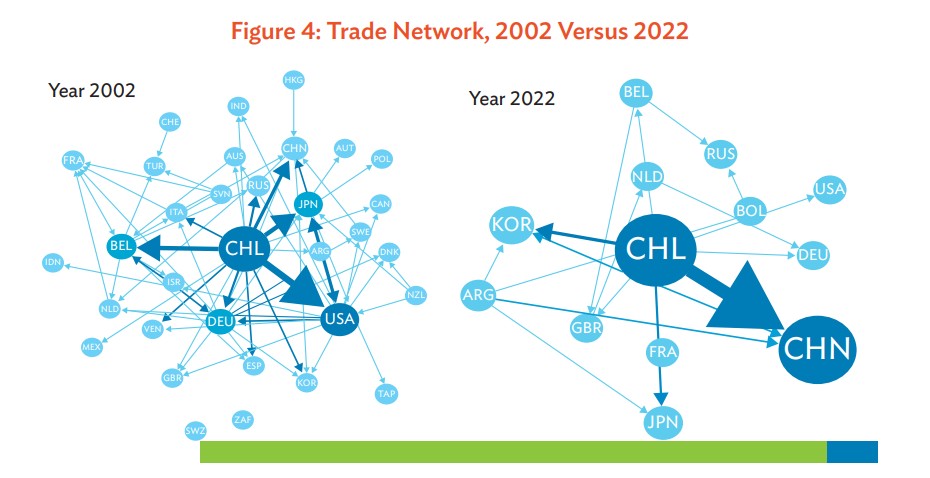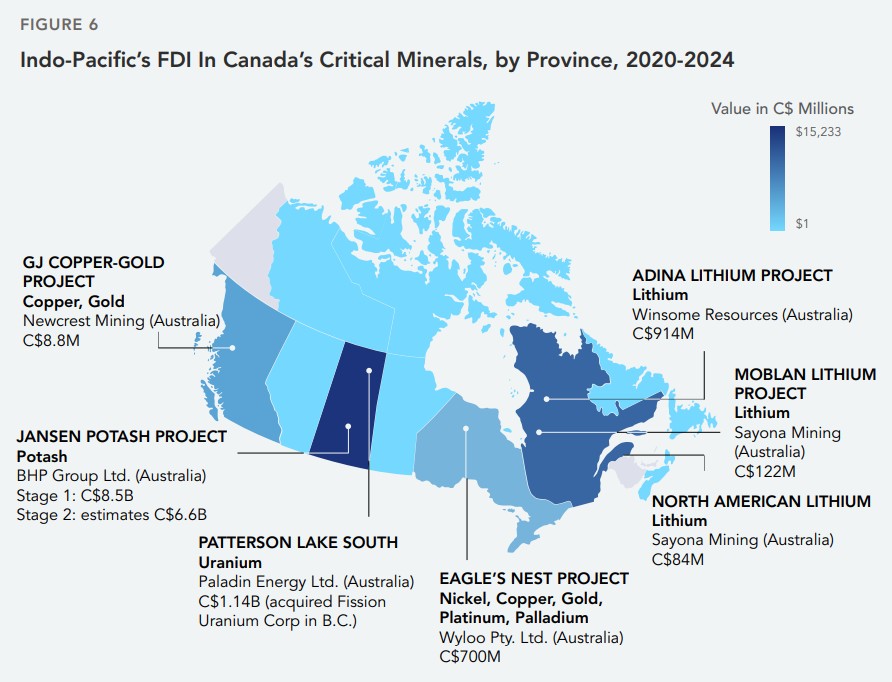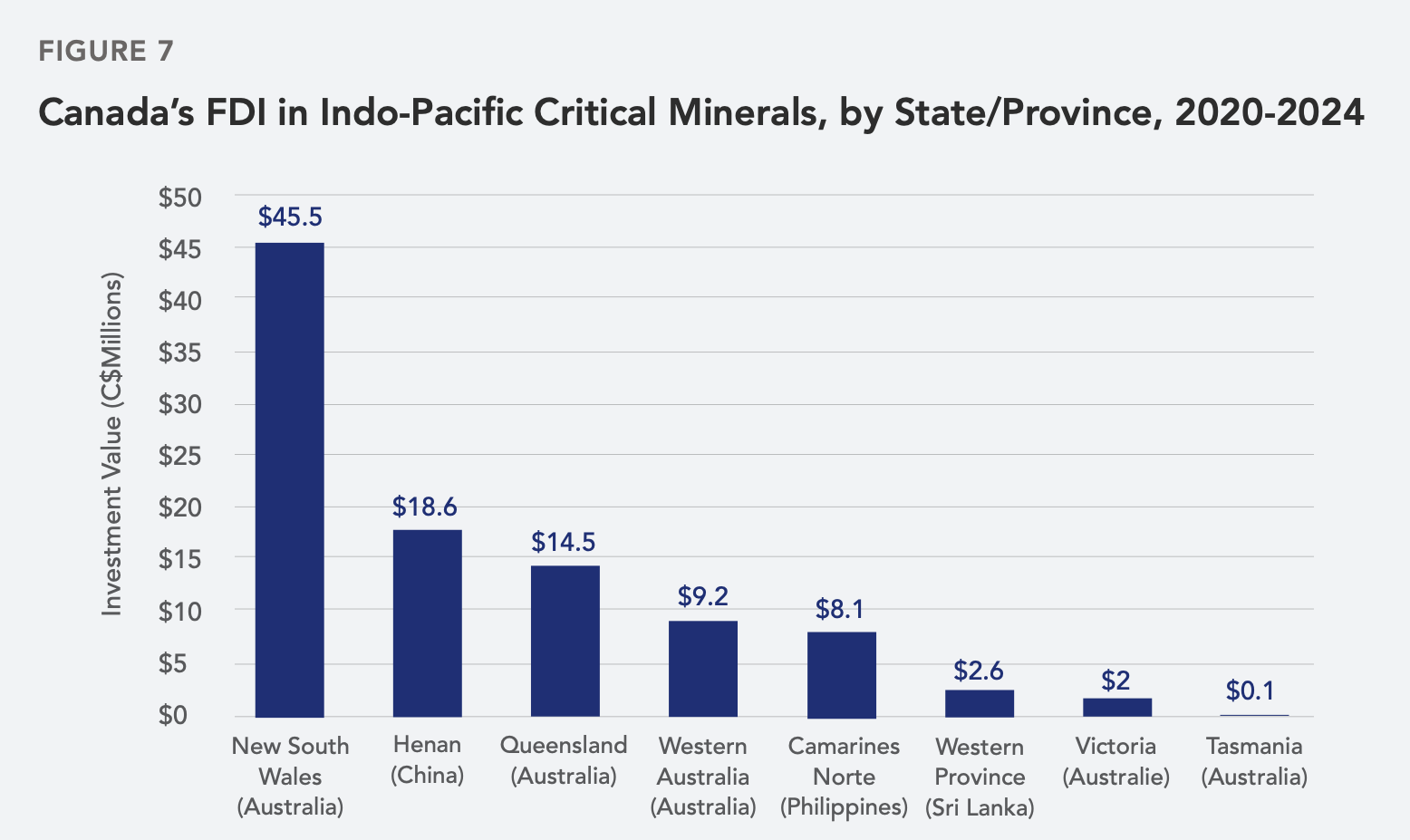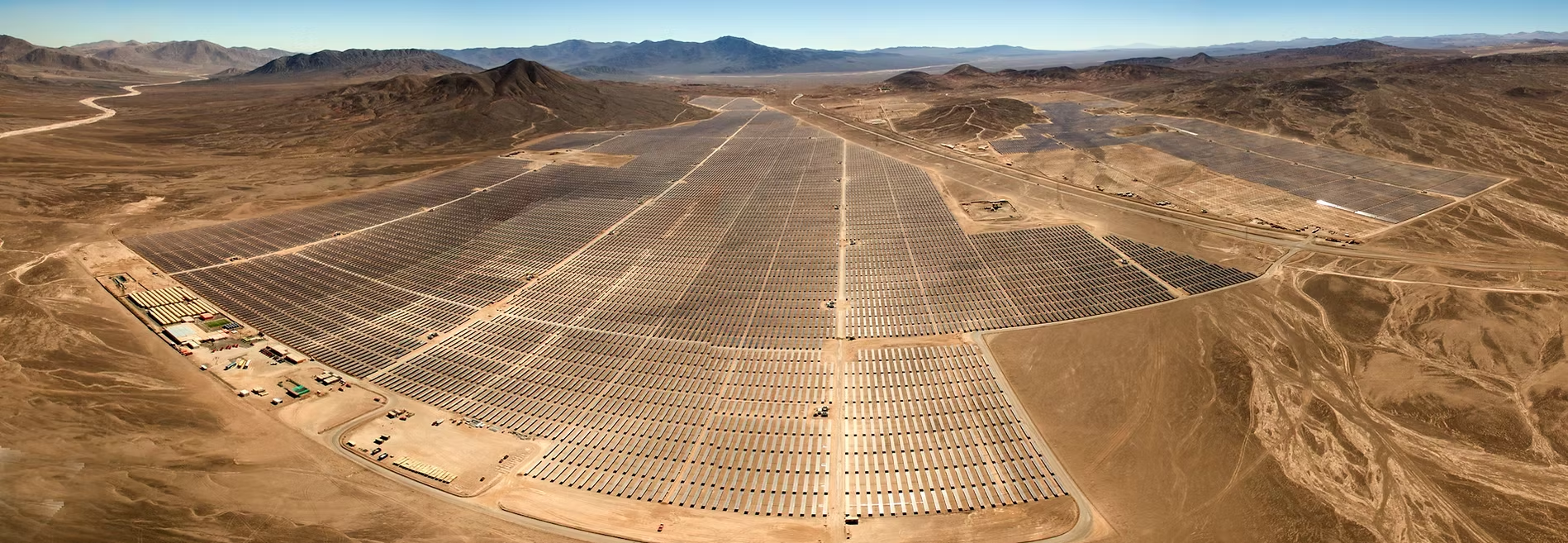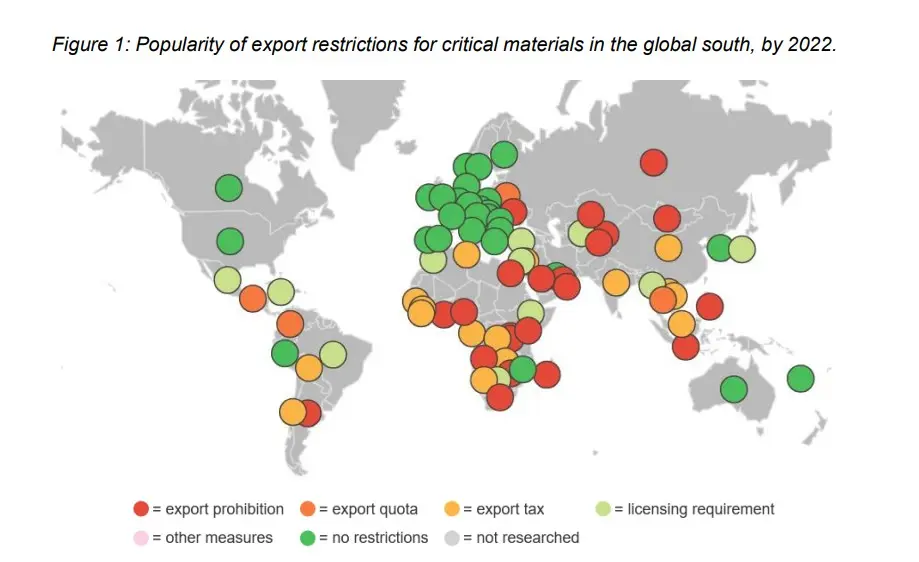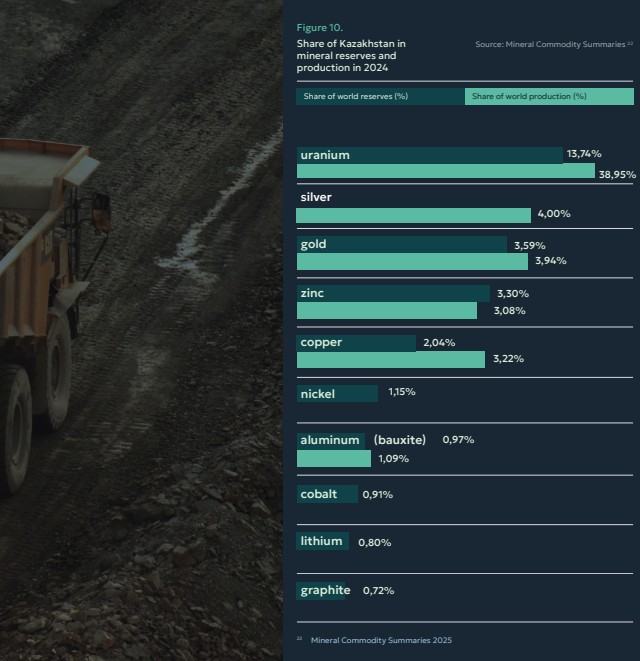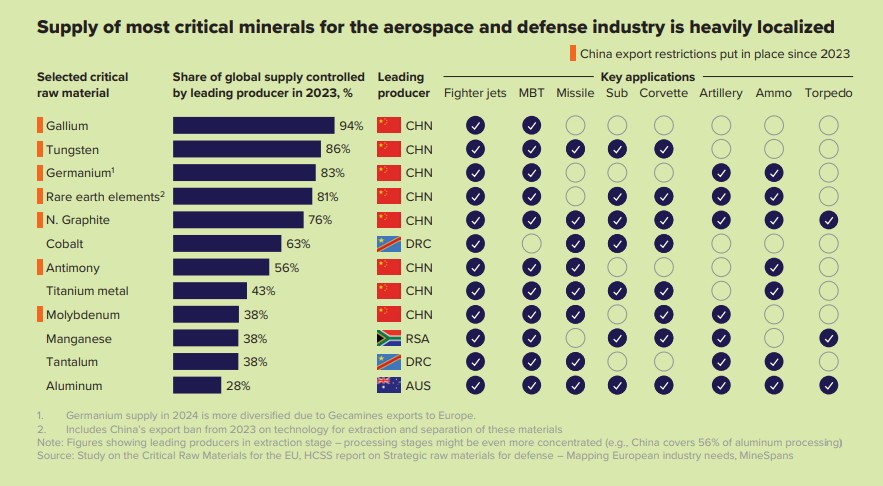
Bridging the Critical Minerals Gap by 2030
This analysis finds Europe and North America face sizable gaps between local supply and demand for key critical raw materials (copper, lithium, nickel, manganese, graphite, rare earths) by 2030—especially acute in Europe, where local supply for several materials covers <20% of demand in the base case. The report quantifies how a mix of supply-side (new/expanded sites, primary-supply innovations like DLE […]

